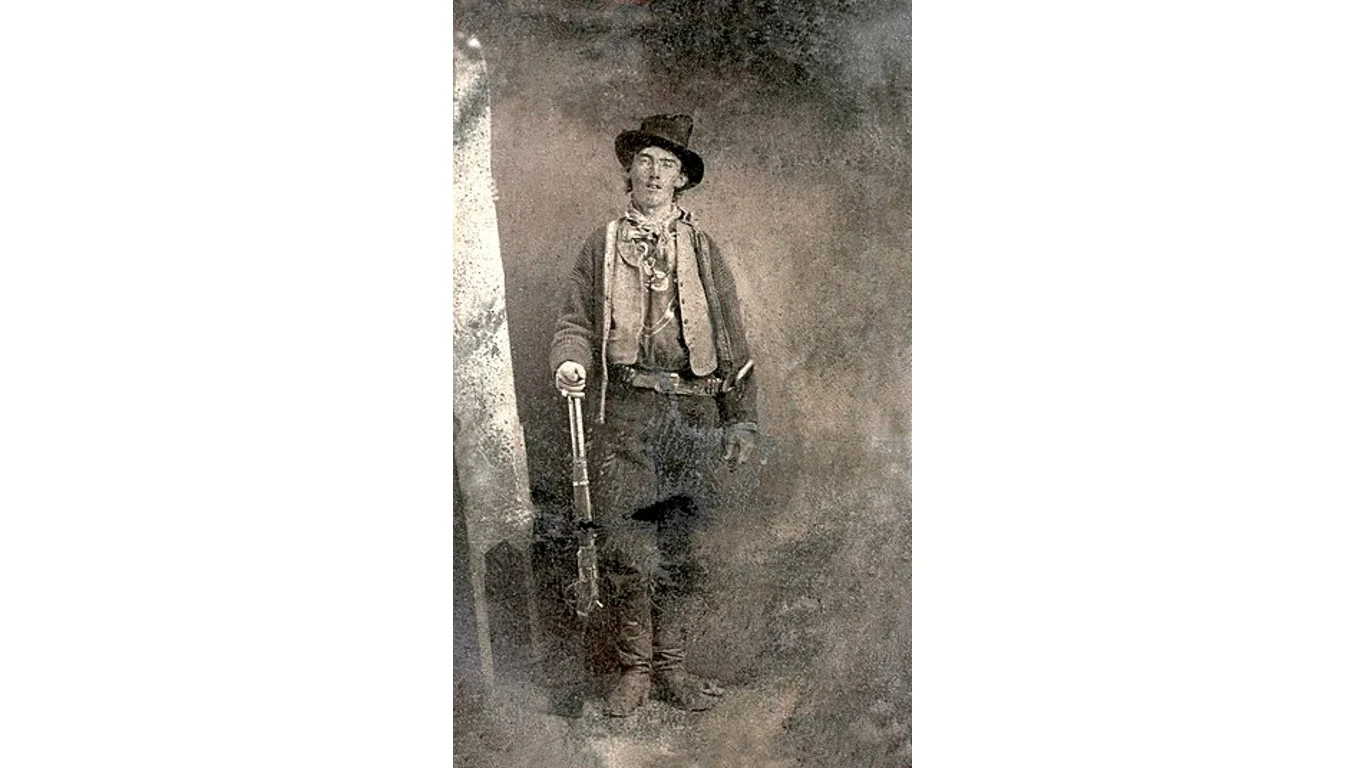The American West followed the Civil War and tied into the period when rail lines connected the eastern and western portions of the U.S. As cities grew and banks and businesses appeared, The most iconic outlaws in history found banks, businesses, individuals, stagecoaches and trains easy to rob. Crimes crossing state lines proved problematic as the FBI didn’t exist yet. It wasn’t until the assassination of President McKinley that a federal investigation team developed. Teddy Roosevelt pushed for a national team of detectives and the Bureau of Investigation was born in 1908. That bureau became the Federal Bureau of Investigation in 1935.
Until a federal investigation unit existed, American outlaws’ crimes were investigated and resolved by community sheriffs and deputies, bounty hunters and later Pinkerton agents. Sometimes, people took matters into their own hands, forming lynch mobs seeking justice or to collect the bounty on American Old West outlaws.
In addition, Native Americans found themselves displaced, which led to another aspect of crime. They defended their tribal lands as best they could. Rustlers were criminals who stole cattle and horses from settlers building ranches.
Many of America’s iconic outlaws are well-known by people, However, some didn’t gain the same level of attention as people like Billy the Kid or Butch Cassidy. These 15 outlaws in American history are worth knowing.
For my list, I’ve read hundreds of stories looking at the outlaw’s background, the crimes he or she committed and what ended the crimes being committed. They’re in alphabetical order. (Learn more about the 26 Wild West Outlaws Who Become Legend.)
Apache Kid
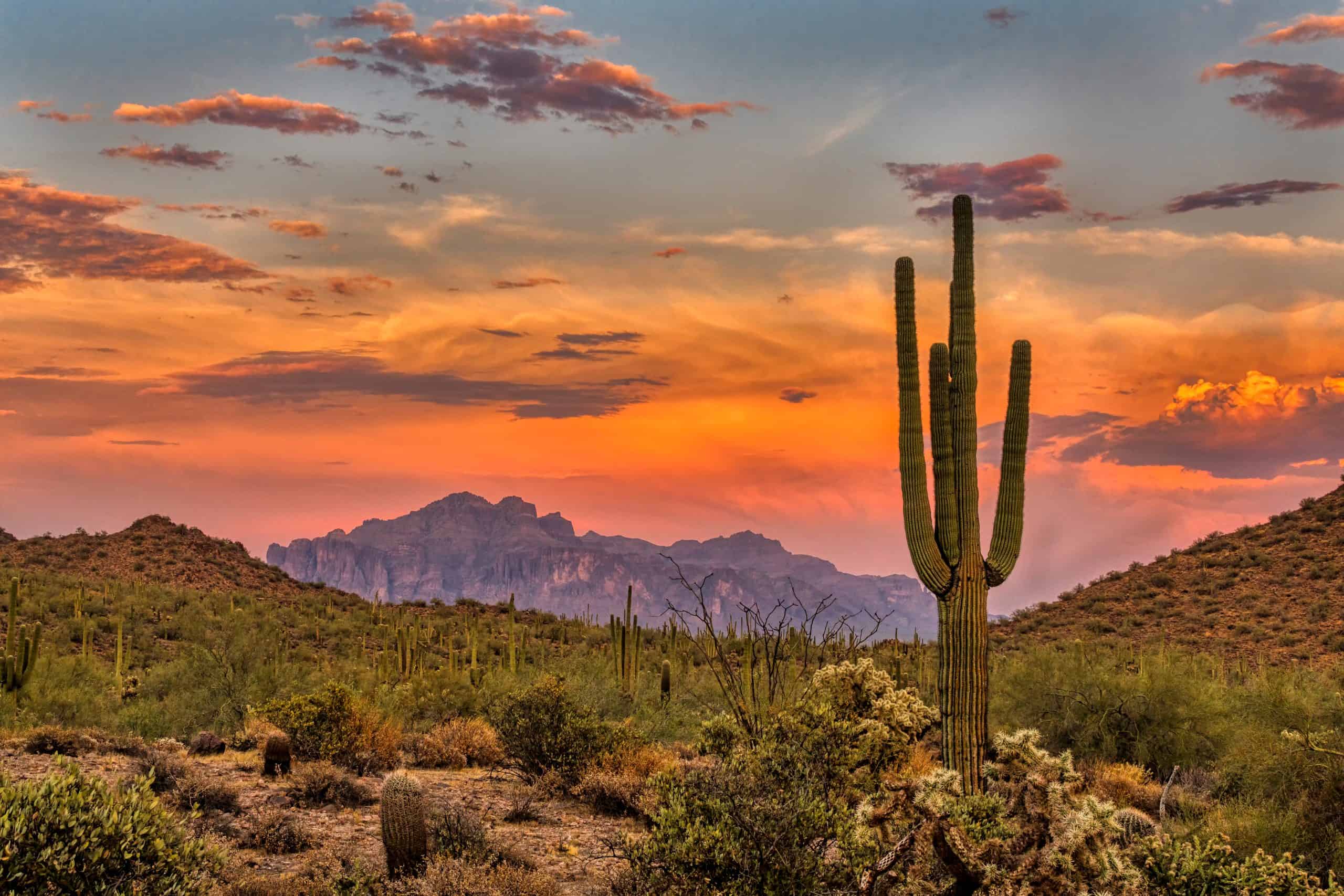
- Location: Arizona and Northern Mexico
- Crime: Murder and prison escape
- Years: 1887 to his disappearance in 1894
- Cause of Death: Uncertain
Over the years, this former U.S. Calvary member killed several, including his father’s killer and sheriffs transporting him and eight other Apache to prison. He’s also alleged to be a cattle rustler, rapist and thief. His first murder occurred when a drunken party led to his father’s death and he sought vengeance. Several claim to have killed him, but it’s never been proven.
The Archer Gang
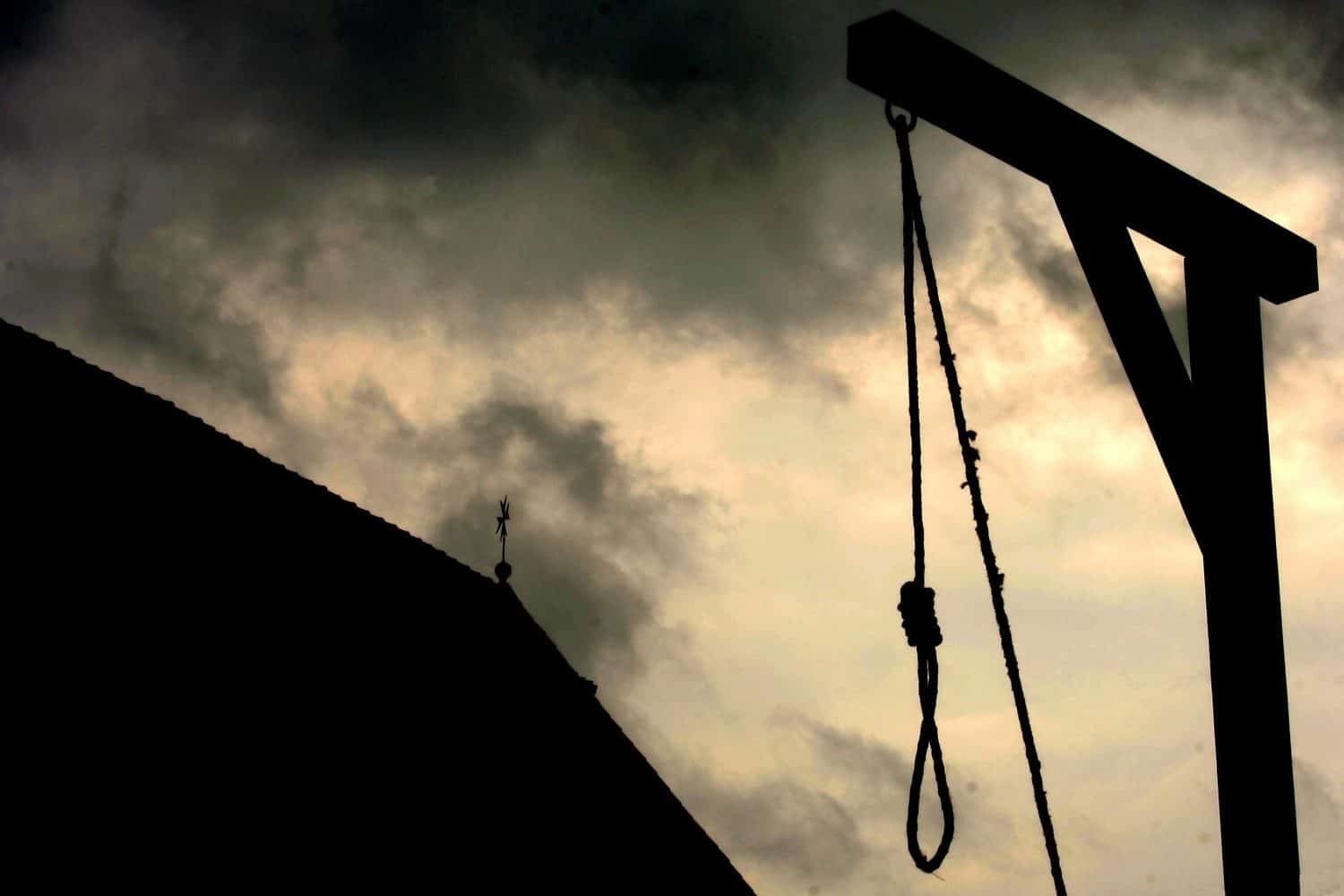
- Location: Indiana, Illinois, and Kentucky
- Crime: Cattle theft, burglary, counterfeiting, arson, torture and murder
- Years: 1880s
- Cause of Death: Townspeople lynched three brothers and one more was legally hanged in 1886
Over a dozen men made up the Archer Gang, and many of them were brothers or blood relatives. Most of their crimes were tied to a long-time feud with the Stanfield family following the murder of Annabel Stanfield by Charles Archer.
Billy the Kid
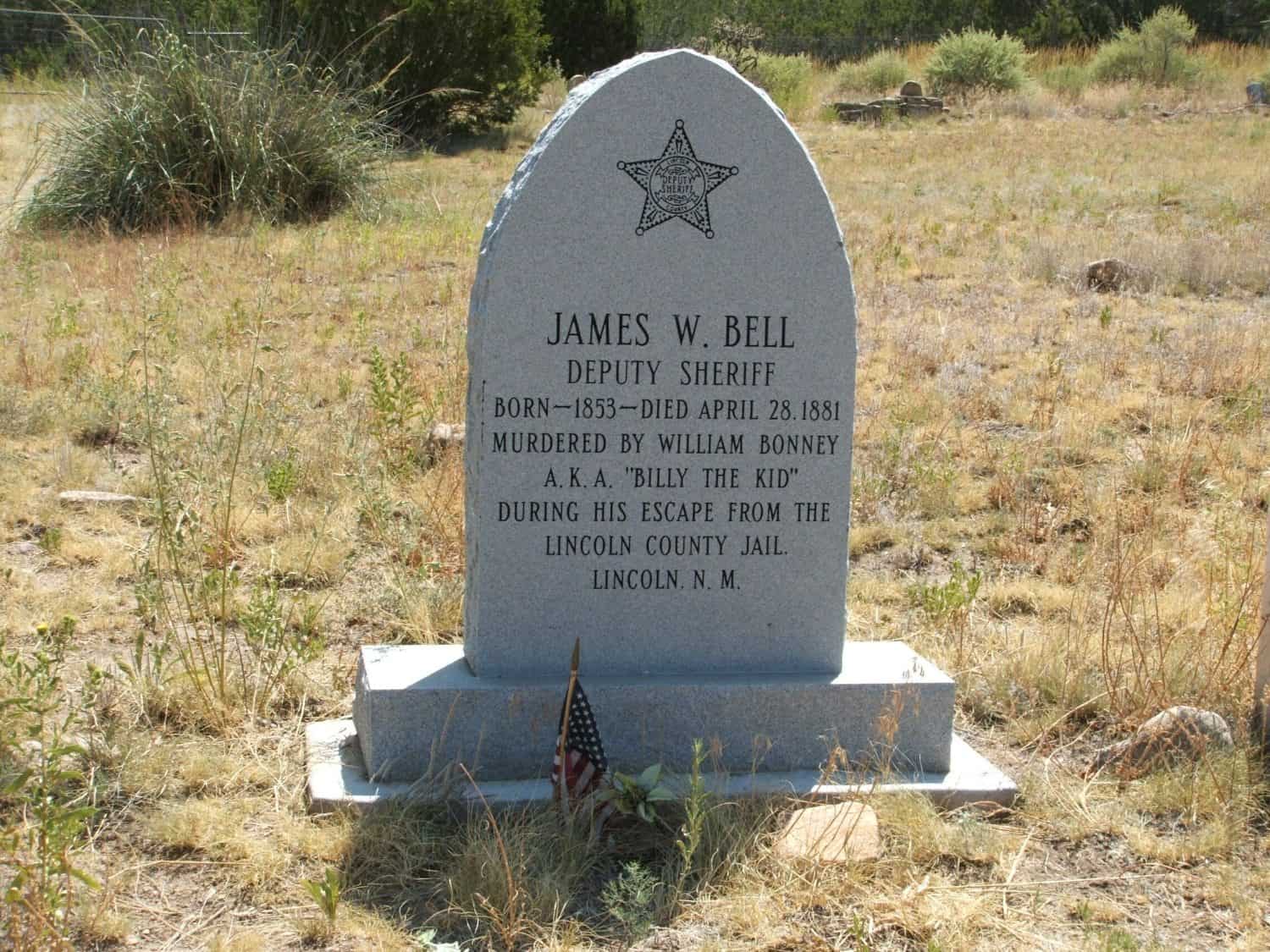
- Location: Southwest U.S. and Northern Mexico
- Crime: Theft, murder and jail escape
- Years: 1875 to 1881
- Cause of Death: Killed by Sheriff Pat Garrett
Before I even get into Billy the Kid’s story, it helps to understand the Lincoln County War, which ties to the crimes of several American outlaws. John Tunstall came to Lincoln County, New Mexico, and opened a business, competing with a monopoly held by Lawrence Murphy and Jim Dolan. They ordered the Jesse Evans Gang to murder Tunstall in 1878. One of Tunstall’s employees was a young Billy the Kid, who joined the Lincoln County Regulators to avenge Tunstall’s murder. This built up to a five-day conflict where seven died and over a dozen were wounded.
He’s one of the best-known outlaws in the Wild West. His life of crime began as a teen, starting with petty theft and advancing to murder. Sheriff Pat Garrett first captured him in 1880, but he escaped and murdered two deputies in the process. Garrett vowed to recapture him and did so a year later.
Black Bart
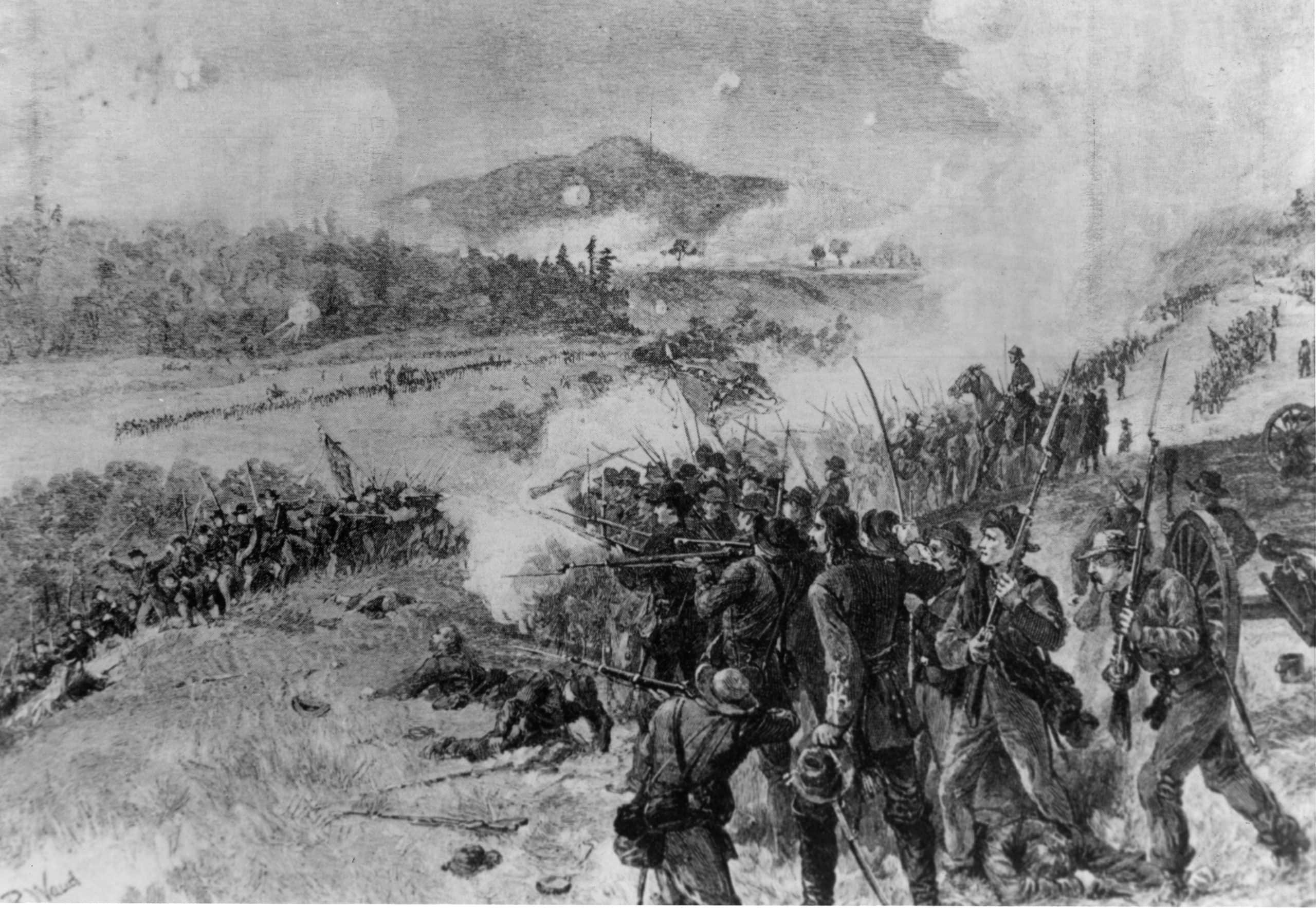
- Location: California
- Crime: Stagecoach robbery
- Years: 1875 to 1884
- Cause of Death: Uncertain
Born Charles Earl Boles, his parents emigrated to New York when he was a toddler. After fighting in the Civil War, he settled with his wife in Illinois, but prospecting intrigued him so he left for Idaho and Montana.
Known as one of the most polite outlaws in American history, he began robbing Californian stagecoaches in 1875, known for his polite demeanor and use of a flour sack to hide his appearance. Twice he left poems at the crime scene. At the time of his arrest, he’d robbed 28 stagecoaches and served four years before his parole. “The Sacramento Daily Record” reported that it was believed he left the country in 1889.
Frank Canton
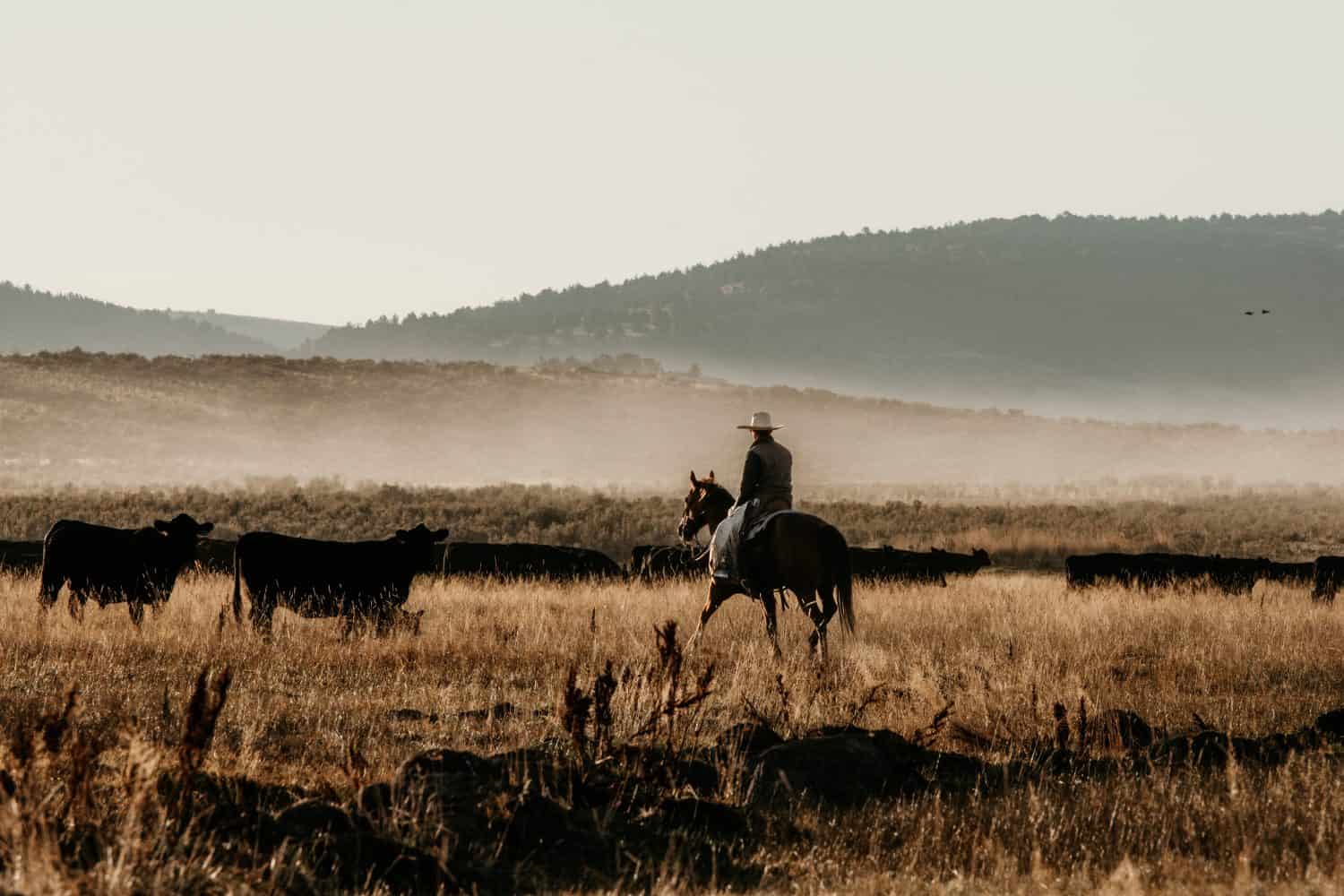
- Location: Texas
- Crime: Cattle rustling, bank robbery, and murder
- Years: 1871 to 1890s
- Cause of Death: Natural causes in 1927
Here’s an outlaw turned law enforcement officer worth noting. After several years of herding cattle, Canton turned to rustling and bank robbery. He killed a Buffalo Soldier in 1874 and ended up in jail three years later. After his escape, he returned to cattle herding and changed his ways. As a newly elected county sheriff in Wyoming, he assisted in the unjust lynchings of James Averell and Ella “Cattle Kate” Watson. He fled south to become a U.S. Deputy Marshall there and in Alaska.
Butch Cassidy and the Sundance Kid
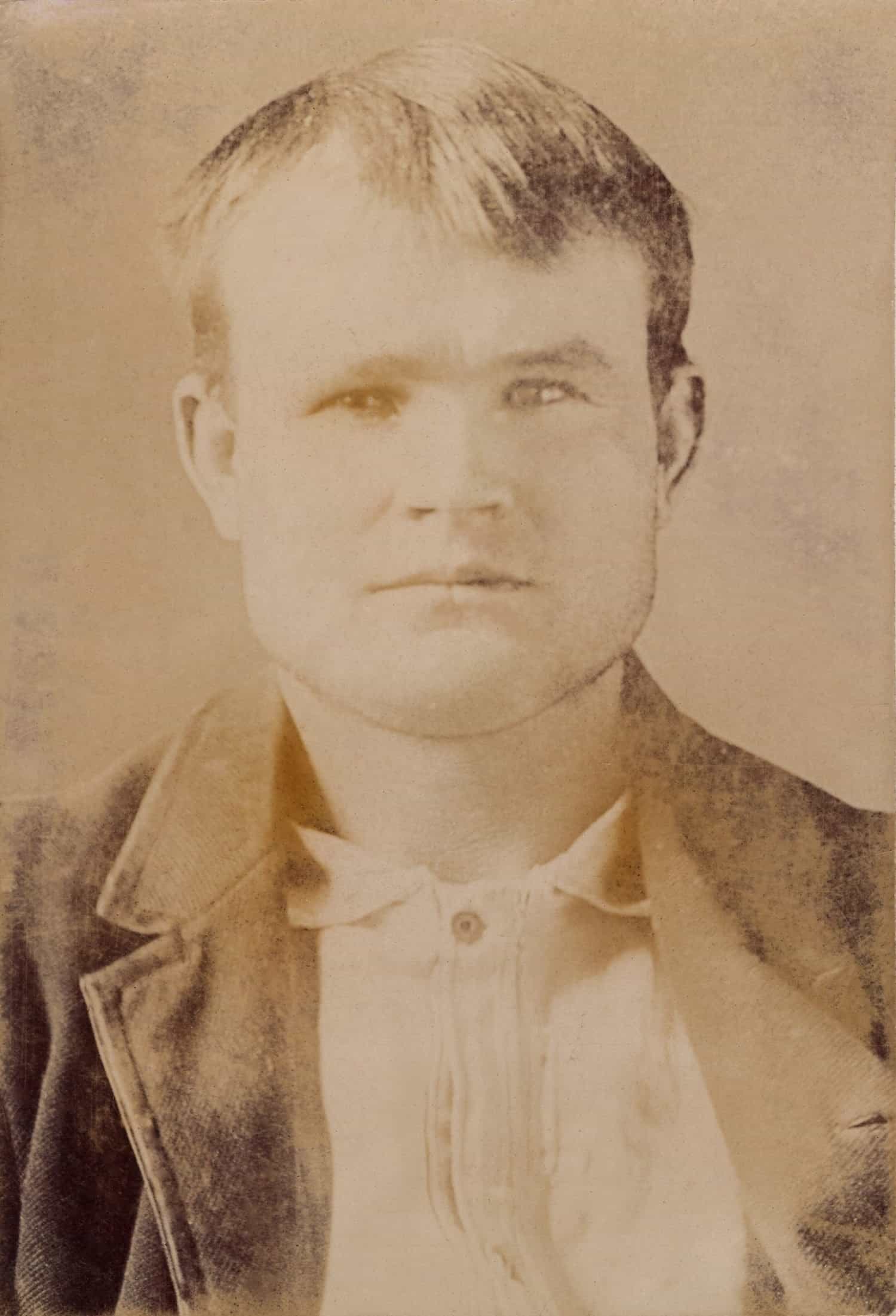
- Location: Northwestern U.S. and South America
- Crime: Bank, train and coal mining office robberies
- Years: 1884 to 1908
- Cause of Death: Uncertain, some say they were killed in Bolivia in 1908 but DNA tests didn’t match Cassidy or Sundance.
People recognize the names Butch Cassidy and the Sundance Kid. Cassidy’s real name was Robert LeRoy Parker, while the Sundance Kid’s real name was Harry Longabaugh. Cassidy’s criminal career started with cattle rustling and theft and evolved to bank and train robberies. The pair met in jail and carried on their crimes with their gang, the Wild Bunch.
William “Bill” Tuttle Cook

- Location: Oklahoma
- Crime: Robbery
- Years: 1893 to 1895
- Cause of Death: Tuberculosis
Bill Cook was part Cherokee and lived in the Cherokee Nation until his mother’s death when he was 14. He became a U.S. Marshals scout, but he transitioned to bootlegging, which led to his short jail sentence. During those couple of months, he decided to form the Cook Gang with his brother and live his life as an outlaw.
Under his leadership, the gang turned to robbery throughout Oklahoma. Bill Cook was finally caught in 1895 and died in prison.
David “Davy” Crockett
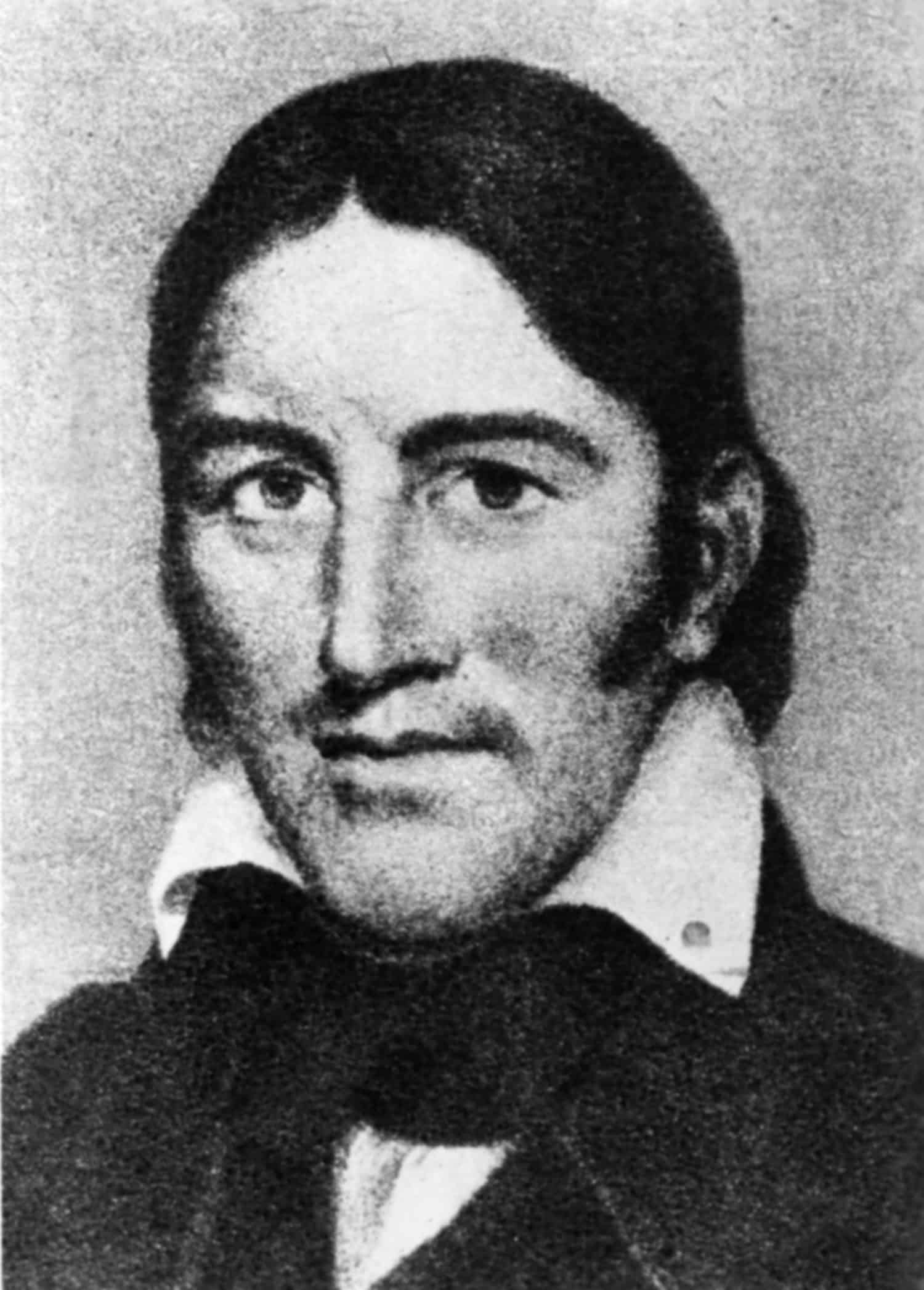
- Location: Texas
- Crime: Murder, threats and reckless behavior
- Year: 1876
- Cause of Death: Shot to death
You’ve heard of the pioneer and politician Davy Crockett. How about his distant relative the famed outlaw? This “Davy” grew up in Texas and set up a ranch in New Mexico Territory with a friend. He turned to bullying others and eventually went to jail but escaped. In 1876, he murdered three Black soldiers.
Because he was drunk at the time of the shootings, he was acquitted. That led to him being more brazen and tormented the townspeople and sheriff. The sheriff formed a posse and killed Crockett six months later.
The Dalton Brothers

- Location: California, Kansas, Missouri, Oklahoma and Texas
- Crime: Bank and train robberies
- Years: 1890 to 1894
- Cause of Death: Bill, Bob, and Grat shot to death, and Emmett jailed and pardoned after 14 ½ years
Bill, Bob, Emmett, Frank and Grat Dalton were five of the 15 children born to Adeline and Lewis Dalton in Kansas. Several of them turned to law enforcement with the U.S. Marshals, but Frank’s murder changed things. The remaining brothers headed to California where they were accused of train robbery. After Grat escaped from jail, they went to Oklahoma and formed the Dalton Gang, a band of outlaws that at times teamed up with the Doolins to form the Doolin-Daltons.
The Dunn Brothers
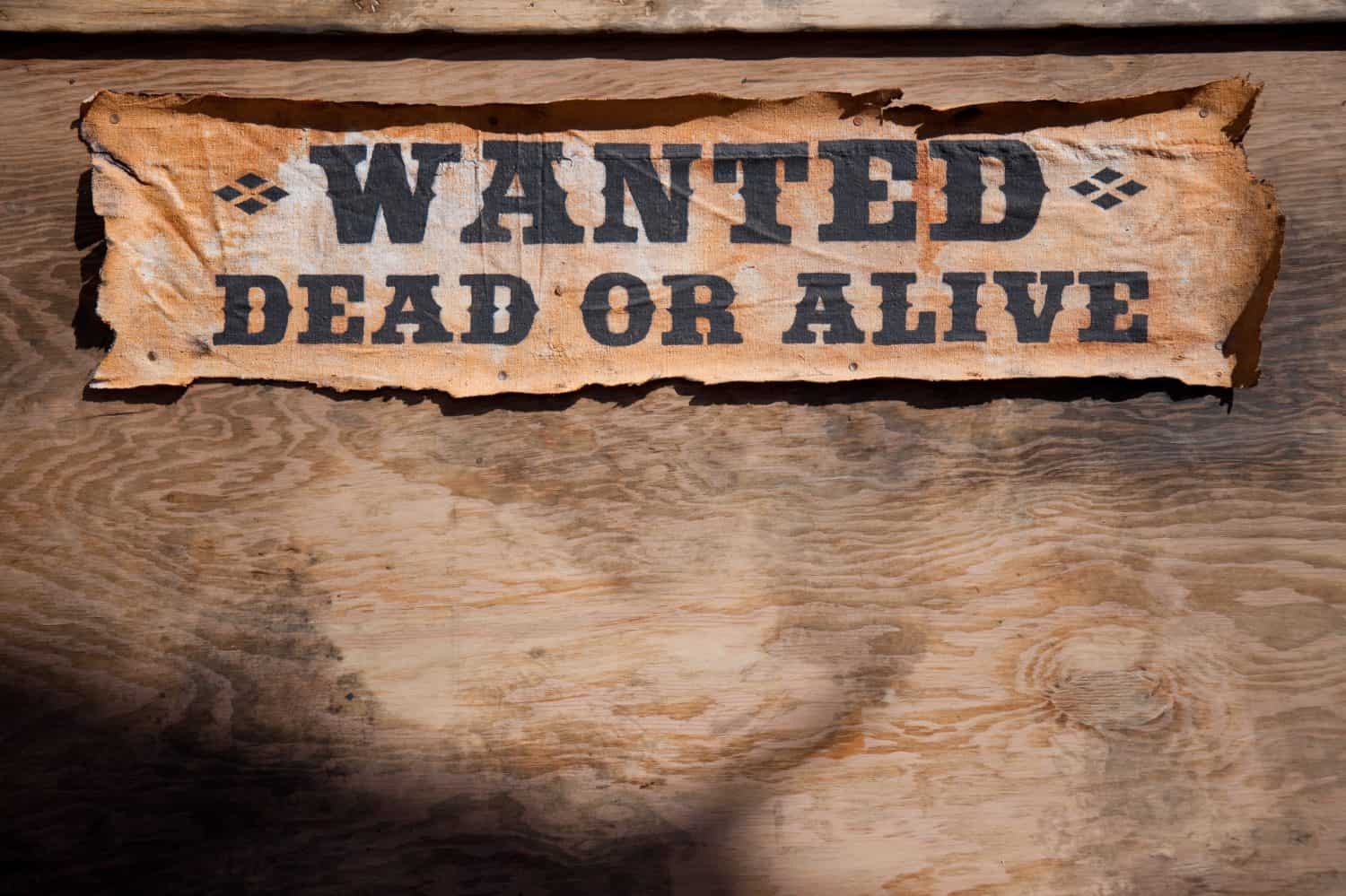
- Location: Oklahoma
- Crime: Cattle rustling, attempted murder
- Years: 1895 to 1896
- Cause of Death: Gunshot (William)
Bee, Calvin, Dal, George and William were well-known bounty hunters responsible for leading authorities to Bill Doolin of the Doolin Gang and killing two of the Wild Bunch who’d come to visit their sister.
Despite law-abiding appearances, William Dunn owned a meat market where he processed stolen cattle. Rumor had it that the brothers’ ranch and boarding house often had travelers stop in and disappear. This led to investigations by Deputy Sheriff Frank Canton, whom William attempted to kill, but Canton had a faster trigger finger.
Pearl Hart
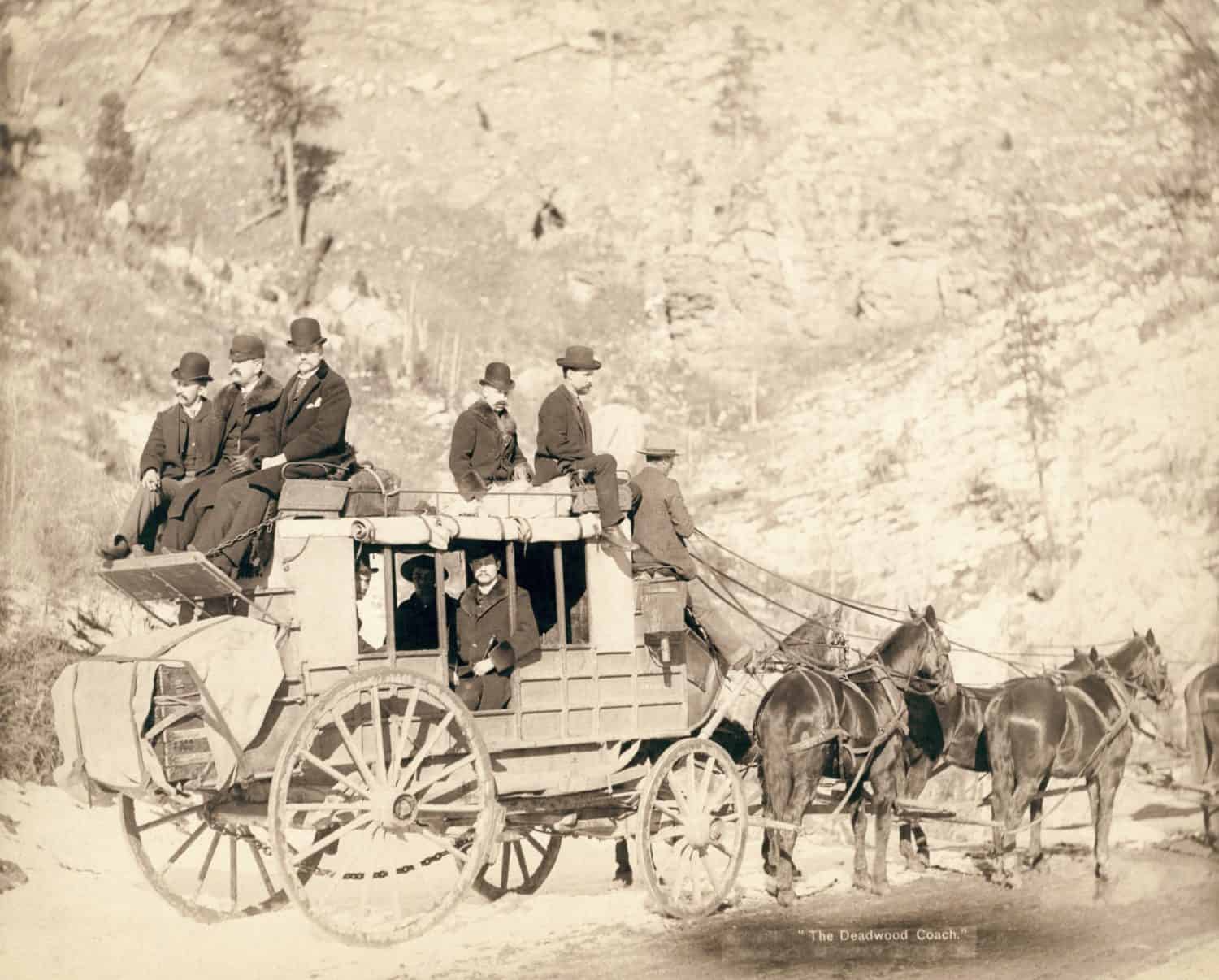
- Location: Arizona
- Crime: Stagecoach robbery
- Years: 1889
- Cause of Death: Natural
Canadian-born Lillie “Pearl” Taylor grew up in an affluent, yet abusive home and ended up in a tumultuous relationship with an alcoholic husband. After leaving him, she moved to Colorado and then Arizona where she and a new partner robbed a stagecoach, making her one of the final stagecoach robbers and one of the only female outlaws in American history.
Gibson Ishtanubbee and Isham Seely
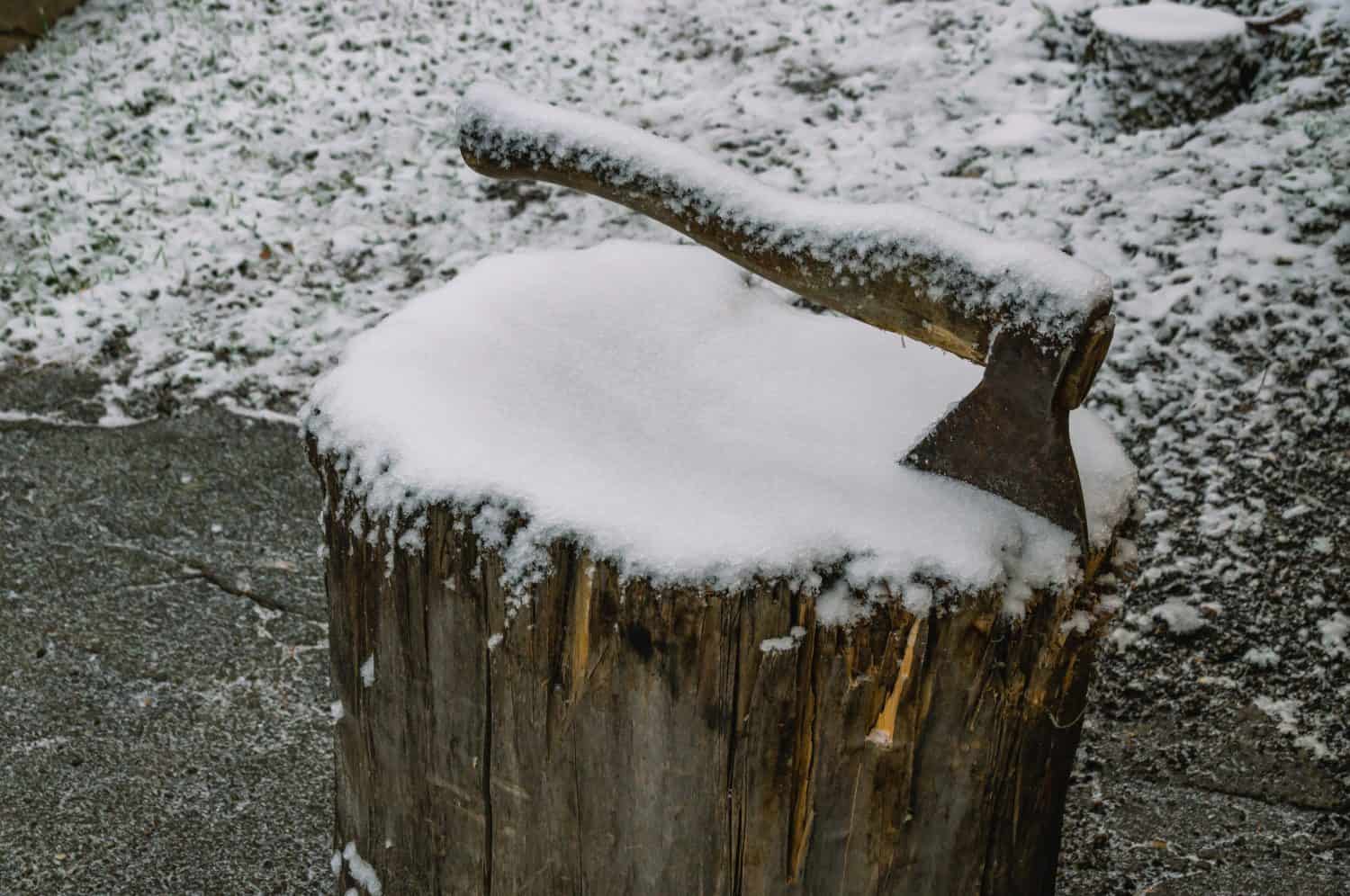
- Location: Arizona and Northern Mexico
- Crime: Murder, robbery
- Years: 1872 to 1876
- Cause of Death: Hanging in Fort Smith’s gallows
These two are among some of the most brutal outlaws in American history. Posing as weary travelers, this pair stopped at the door of a Chickasaw doctor. While the doctor and his cook slept, they slaughtered them with an axe and the butt of a gun before stealing household items. Though they bragged about what they’d done to multiple acquaintances, no one told authorities for several years.
Jesse James
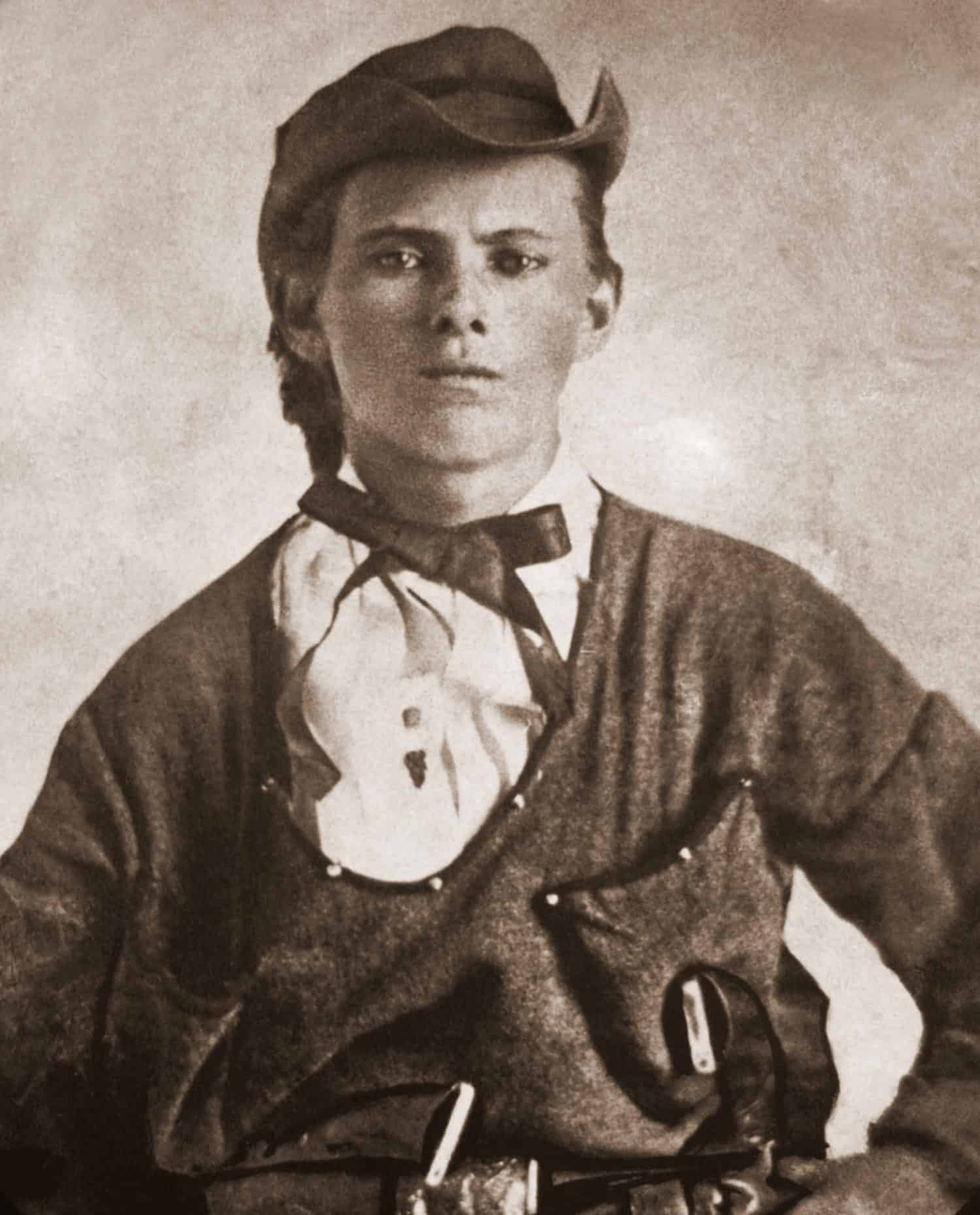
- Location: Missouri
- Crime: Bank, stagecoach and train robberies and murder
- Years: 1860 to 1882
- Cause of Death: Shot to death
Before he became an American outlaw, Jesse James was a Confederate soldier. He and his brother Frank formed the James Gang. Their crimes continued until one of their partners in crime shot James in the back of the head to collect the bounty Missouri’s governor put on his head.
Belle Starr
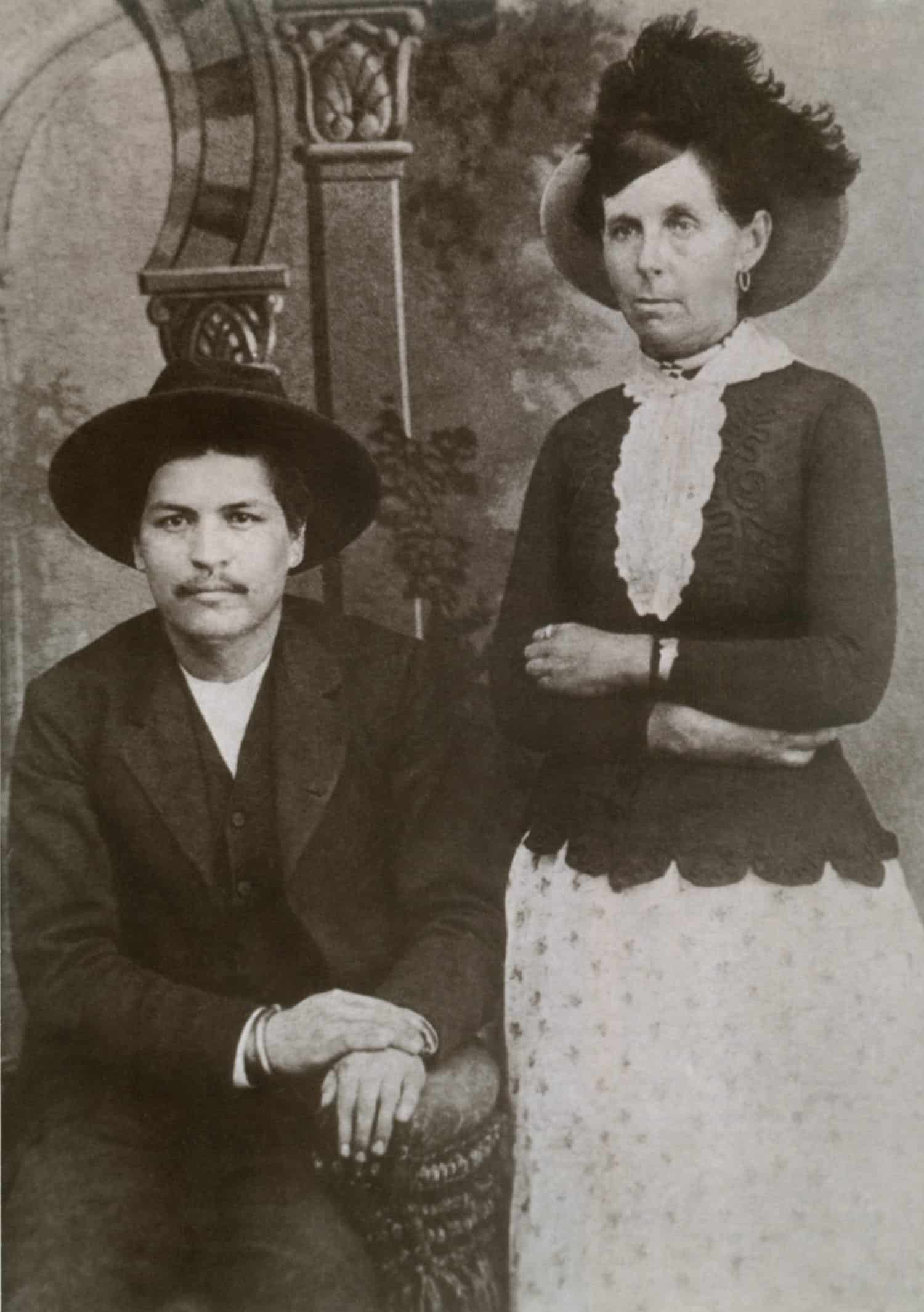
- Location: Oklahoma and Arkansas
- Crime: Bootlegging, harboring criminals and cattle and horse theft
- Years: 1866 to 1889
- Cause of Death: Shot to death in 1889
She’s the second female on my list of outlaws in American history. Starr’s childhood friend Cole Younger joined the James-Younger Gang and often used Starr’s family farm as a hideout following a robbery. This helped draw her into a life of crime until her death by an unknown assailant.
Vincente Silva’s White Caps

- Location: New Mexico and Wyoming
- Crime: Murder, arson, assault, robbery and cattle rustling
- Years: 1870s to 1893
- Cause of Death: Murdered
The problem with Vincente Silva is that people felt he was an upstanding business owner and family man. However, his saloon was a front for the crimes he ordered. He had a gang of men, including several lawmen, who rustled cattle, committed robberies and murdered anyone who stood in his way, including his wife.
Many classic movies portray the lives of the most iconic outlaws in American history. Learn more about some of them by reading 11 of the Greatest Western Characters.
